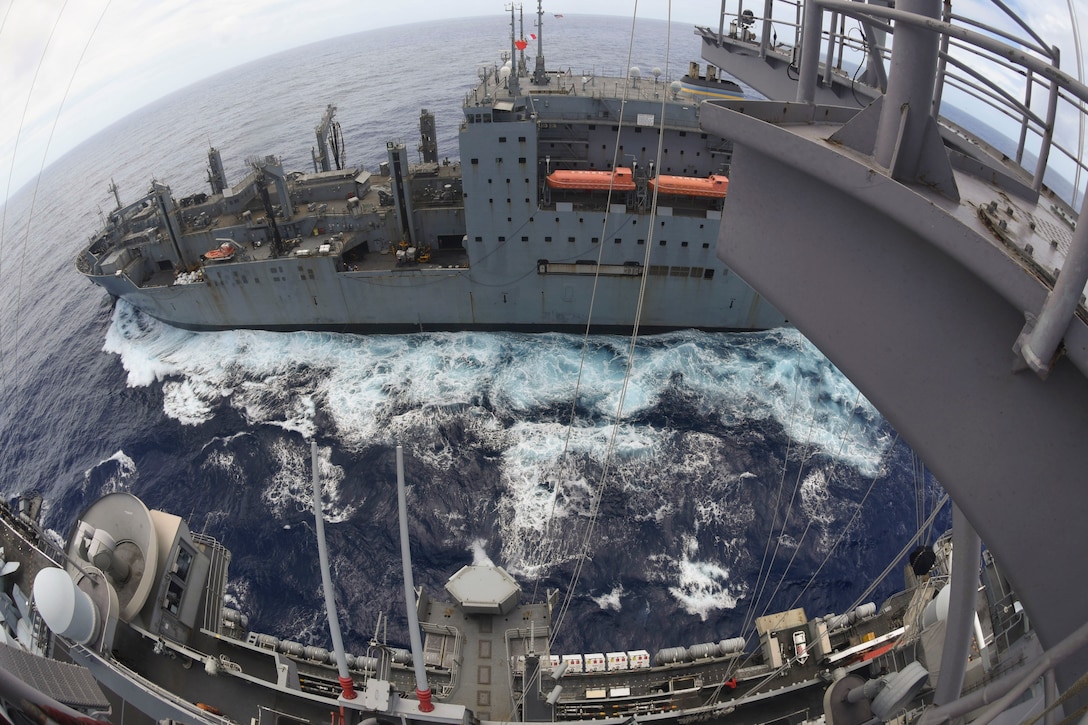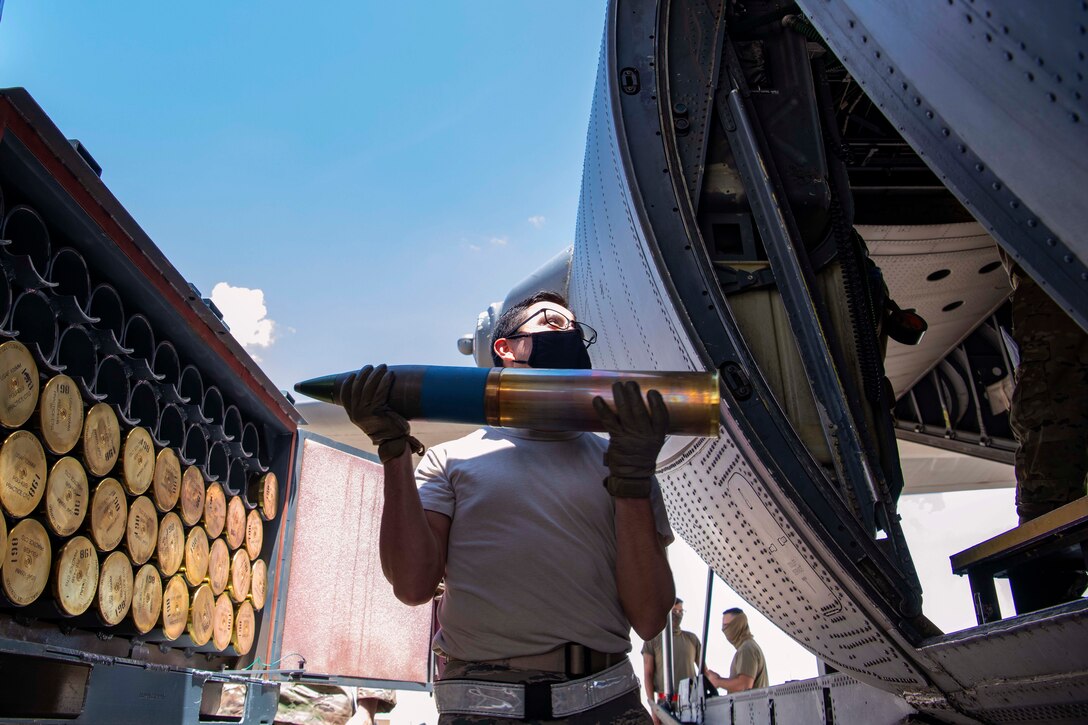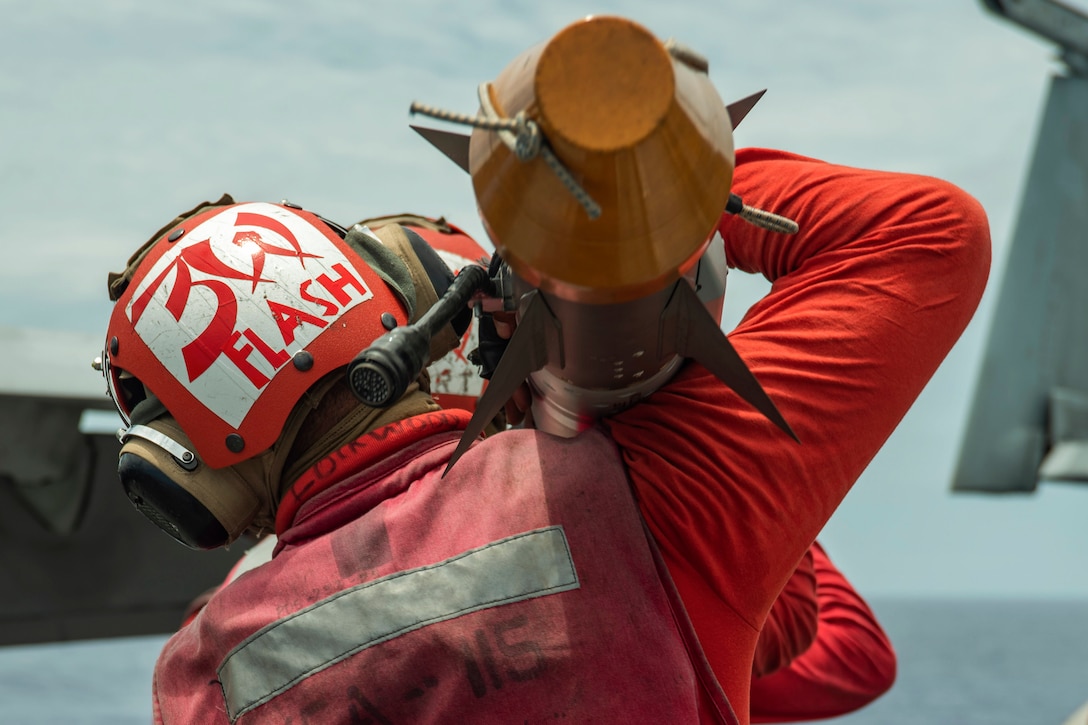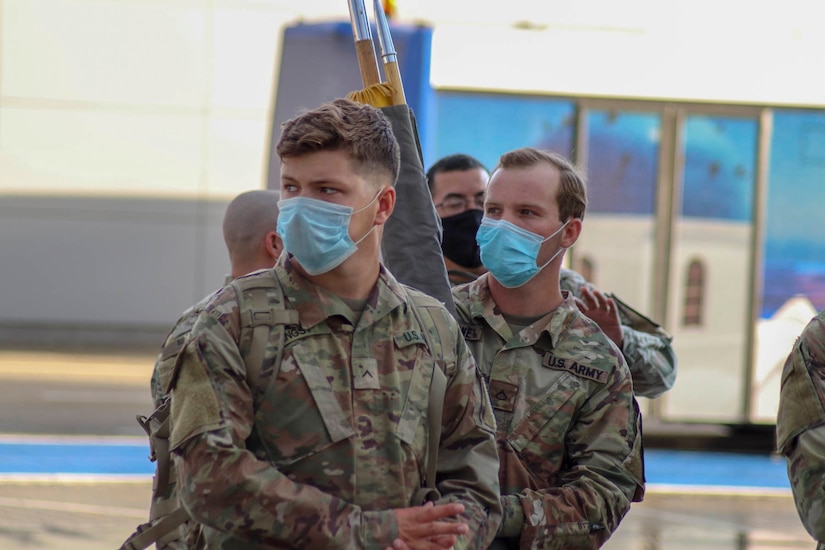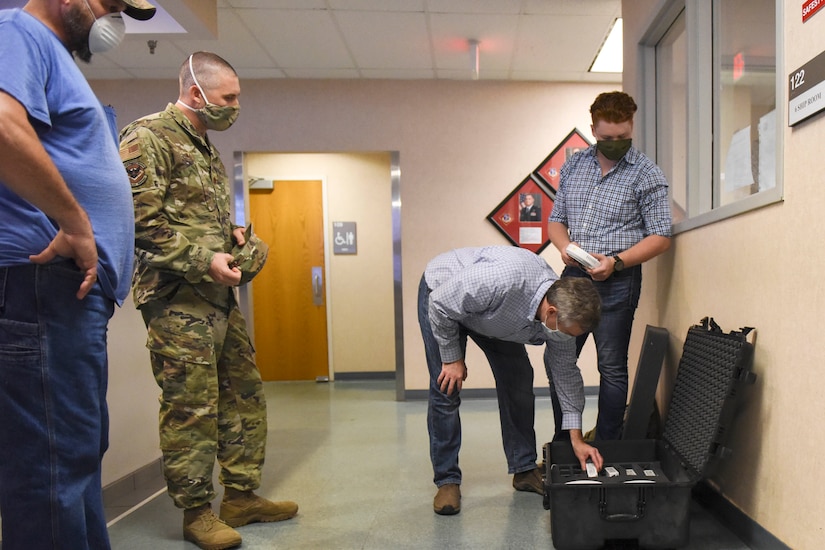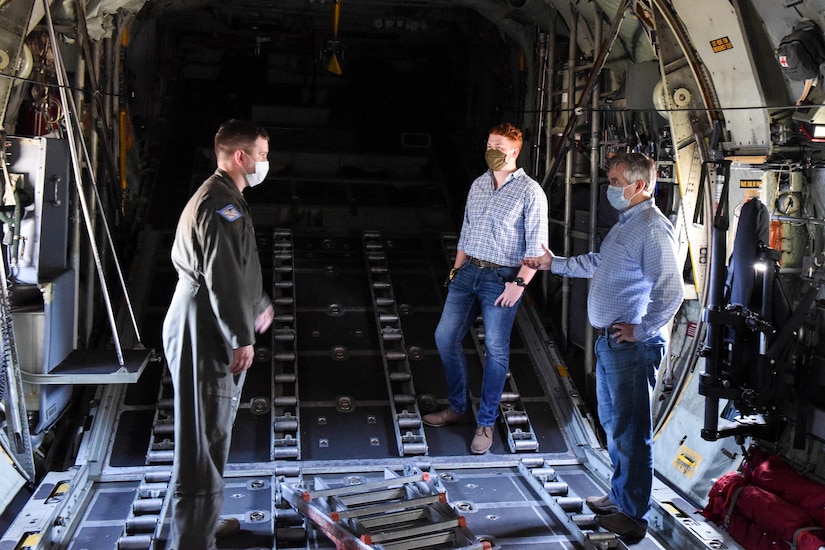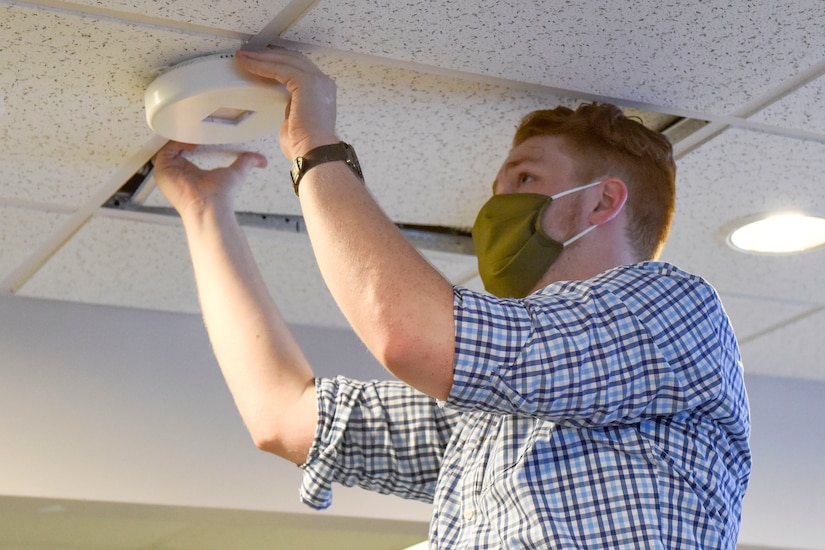Story by Amber Kurka, Public Health Command - Pacific
TRIPLER ARMY MEDICAL CENTER, HONOLULU – Over the last
few weeks, new COVID-19 cases have broken record numbers in Hawaii.
As the state grapples with the uptick in positive cases, local leaders
have implemented new restrictions and guidelines to help slow the spread
of the virus.
Some of these restrictions have included the temporary closure of parks,
beaches, and bars, as well as having many schools start the year with
online distance learning.
To help fight COVID-19, Lt. Col. Ronald Cole, Public Health
Command-Pacific Human Health Services director, dispels myths while
sharing tips and advice on how military members and Families can help
reduce the spread of COVID-19.
“As military members, we need to take COVID-19 seriously because we are
the defense of the nation,” said Cole. “We are not immune from catching
or contracting COVID-19 - we are just as vulnerable as anyone else.”
While the overall number of positive COVID-19 cases in Hawaii remains
much lower than other parts of the nation, Cole warns that the numbers
provide a false sense of safety, and the recent increase needs to be
taken seriously.
“We must be cautious since the low numbers do not indicate that there
isn’t a large number of cases here,” explained Cole. “Not everyone is
getting tested every day, so you are not sure who is positive since some
people can be asymptomatic and not know they have COVID-19.”
According to the Centers for Disease Control and Prevention, COVID-19 is
thought to spread mainly through close contact from person to person,
and the virus may be spread by people who are not showing symptoms.
Additionally, the CDC states that the COVID-19 virus spreads more efficiently than influenza, but not as efficiently as measles.
In general, the more closely a person interacts with others, and the
longer that interaction lasts, the higher the risk of spreading
COVID-19.
While the number of positive cases remains the highest in the Honolulu
area, Cole wants to dispel the myth that rural areas around Oahu are
safer than the city.
“Some people think COVID-19 is only in the city and populated areas;
however, that is not the case,” said Cole. “Rural communities are being
significantly impacted as well.”
To help reduce the spread, Cole suggests service members and Families
follow all recommended CDC guidelines and government mandates.
“We must follow the mandates, such as 14-day quarantine, wearing a mask,
and maintaining 6 feet of social distancing,” said Cole. “I also
encourage mask-wearing 100% of the time when out of your house, as well
as avoiding large crowds.”
While beaches on Oahu are currently closed, Cole noted that large beach
gatherings and crowds have contributed to the spread of COVID-19
throughout the island.
“It’s okay to get out and enjoy the beach, but when people are not
practicing social distancing or keeping groups limited to 10 people or
less, and not wearing masks around people outside their household, it
becomes an issue,” said Cole. “Recently, there was a big surfing
competition, and people were literally sitting on top of each other with
no space; that’s not a good thing.”
In addition to people failing to follow guidelines at the beach, Cole
suggests that younger people need to be more mindful of others who are
at a higher risk, such as the elderly.
“The military community is embedded in the local community, and Hawaii
is a family community and culture,” explained Cole. “Many homes are
multi-generational with grandparents, children, and grandchildren living
together. Younger people can put the elderly who live in these
multi-generational homes at risk.”
Cole warns younger service members to think of others when out in the
community, as well as looking out for their own health and well-being.
“Typically, when you are younger, you feel that you are invincible and
that you are not able to be affected by conditions that most people are,
because you tend to have a more active lifestyle and a strong immune
system,” said Cole.
“COVID-19 is not the case. If you notice in the news recently, a lot of
younger individuals are contracting COVID-19 and succumbing to the
virus. So the virus is just as potent to young individuals as well as
the elderly and children,” he added.
Additionally, Cole warns that children can be impacted by or carry the
virus, and parents should take proactive measures this school year.
“First and foremost, make sure your children’s vaccines are up-to-date,”
said Cole. “Next, ensure your children understand the seriousness of
COVID-19 and why it is important to follow proper hygiene rules.”
According to the CDC, parents should review and practice
proper hand-washing techniques at home, especially before and after
eating, sneezing, coughing, and adjusting a mask or cloth face covering.
The CDC recommends washing hands often with soap and water and for a
minimum of 20 seconds. If soap and water are not available, use a hand
sanitizer that contains at least 60% alcohol.
Additionally, the CDC suggests developing daily routines before and
after school—for example, things to pack for school in the morning, like
hand sanitizer and an additional back-up mask, and things to do when
children return home, like immediately washing hands and washing masks.
When it comes to masks, Cole recommends that military Families review Army Public Health Center and CDC guidelines.
“Each mask has a proper way of usage,” said Cole. “You can go to the
CDC.gov website and look at each type of mask. Once the mask is wet and
soiled, it is no longer providing any type of protection. You are
supposed to wear the mask daily and switch them out. If that is not
possible, then do your best to keep that mask from being soiled.”
While face shields are popular, Cole warns that people often wear them incorrectly out in public.
“The face shield is meant to protect you from splatter, but it doesn’t
protect you and others from the aerosols,” explained Cole. “If you are
going to wear a face shield, be sure you are wearing a mask underneath
the shield.”
Masks with exhalation vents or valves are also problematic.
In recently updated guidance, the CDC warned against the use of these
types of masks, pointing out that masks with one-way valves or vents
allow exhaled air to be expelled out through holes in the material, but
can allow exhaled respiratory droplets to reach others and potentially
spread the COVID-19 virus.
While all of these guidelines and recent restrictions can seem a bit
discouraging and daunting, Cole reminds service members and Families to
prioritize self-care and keep the team concept in mind.
“Just know that we are in this together,” said Cole. “Make sure you are
taking care of yourself both mentally and physically, whether
exercising, reading, going for a walk, those are the things that you
need to do right now. You don’t have to be alone, just make sure you
follow social distancing and the recommended guidelines. Together, we
can help slow the spread.”
For more information on how you can stop the spread of COVID-19 visit:
https://www.cdc.gov/coronavirus/2019-ncov/index.html







